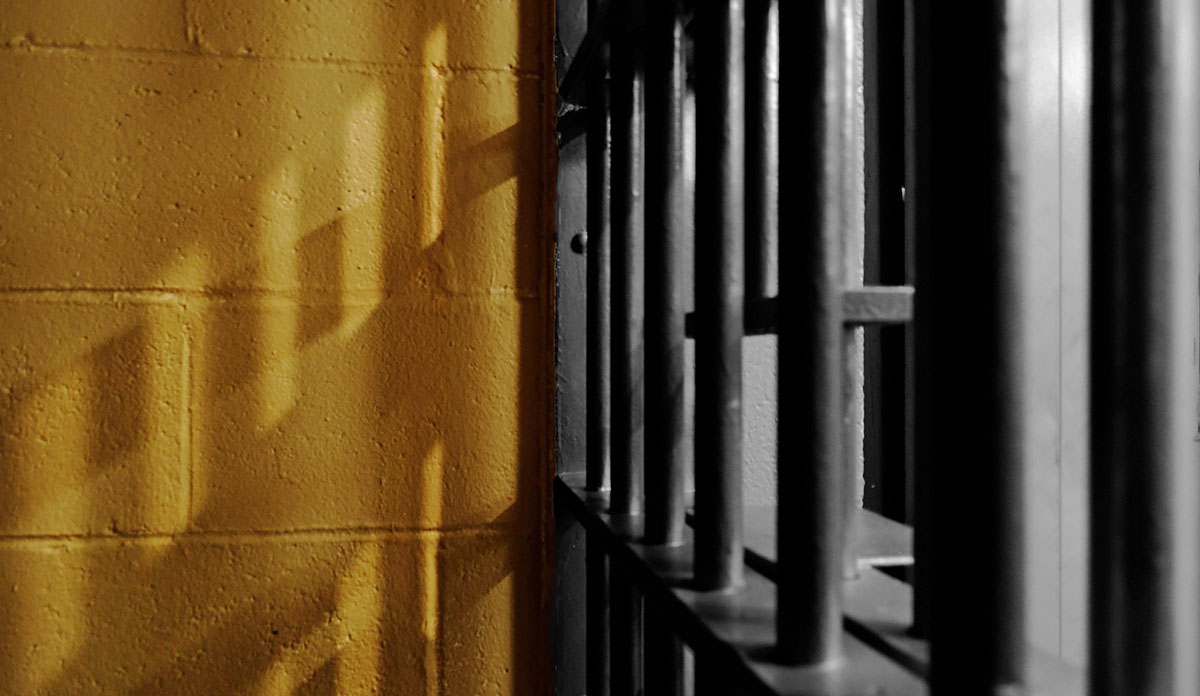Letcher County, Kentucky, is home to an abandoned strip mine, four federal prisons, and some of the highest cancer rates in the nation. Plans to build a fifth prison there were abandoned in 2019 after 21 federal prisoners sued over the former mine’s alleged health hazards.
Letcher County is one of many examples of prisoners bearing the brunt of society’s pollution hazards. State prisons and jails built on landfills or near former coal mining sites expose prisoners to high levels of toxic chemicals in the ground and water. Such pollution is concentrated in areas with high poverty, lower education, and large concentrations of people of color. Those who have less wealth have less control and choice over their surroundings. But prisoners have no choice at all.
Almost one-third (32%) of state and federal prisons are located within three miles of hazardous waste sites. The Environmental Protection Agency has pledged to offer “all people” protection from environmental health hazards, but has only recently included prisons as a category of concern. And this has not prevented prisons from being built on toxic land.
The same rural areas that attract new prisons often attract businesses looking to profit from the land’s energy resources. New prisons and industry operations argue that their developments will repurpose and revitalize poor communities. In Letcher County, local politicians promised a new prison would bring 300-500 new jobs to the area. But most of those positions would likely be filled by experienced prison staff from other areas, not hired locally.
Incarcerated populations have no agency in deciding where they are held in prison, making them uniquely vulnerable to environmental pollutants.
Criminology researcher Elisa Toman used data from the EPA’s Toxic Release Inventory (TRI) and the Census Bureau to investigate if zip codes with prisons had higher toxic contamination than zip codes without prisons. The TRI collects self-reported toxic chemical release data from industrial facilities across the U.S. The facilities are mandated to report any emission above a certain level of a known poisonous compound into the air, water, or land disposal.
For each zip code, Toman determined the pounds of toxic chemicals released nearby on a yearly basis and whether it contained a state prison that was in operation during the study time period. She included all private and public state prisons, but excluded federal prisons, where the populations housed there are subject to transfers to other states.
Nationwide, Toman did not find differences in overall emissions between prison zip codes and non-prison zip codes. However, she did find prison zip codes had higher emissions in three regions that together hold 31% of all incarcerated persons: East North Central, Mountain, and Pacific. About half of the total state prison population already suffers from existing chronic health conditions.
Regional studies have also found associations between high pollution levels and incarcerated populations. In Oklahoma, where female incarceration rates are relatively high, prisons were more likely to be located in zip codes with higher reported toxic emissions compared to non-prison zip codes. A study from the southwestern U.S. found that average six-year arsenic concentrations were twice as high in correctional facility water systems than in other community water systems. More localized research will continue to reveal the specific populations that bear the brunt of toxic prison pollution.
Incarcerated populations have no agency in deciding where they are held in prison, making them uniquely vulnerable to environmental pollutants. Toxic waste sites and other highly polluted areas can be put to use without endangering individuals with no option to leave.
In October 2022, three years after withdrawing its original proposal, the Bureau of Prisons has revived its plans for a fifth Letcher County prison. Will the organizers who rallied against this toxic prison proposal shut it down again?
Photo via Getty Images














